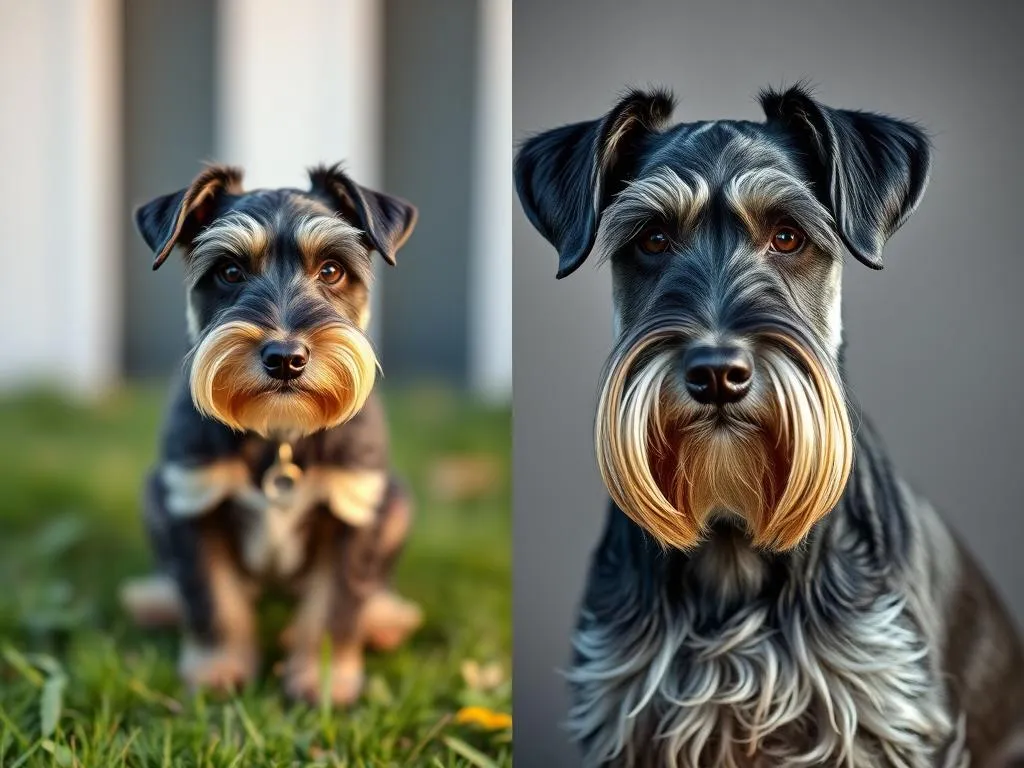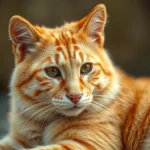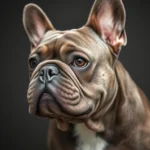
Introduction
The Schnauzer breed is well-loved for its distinctive appearance and spirited personality. Originating from Germany, Schnauzers have a rich history that dates back to the Middle Ages when they were utilized as versatile farm dogs, serving roles as ratters and guard dogs. Their unique look, characterized by a wiry coat, bushy eyebrows, and a prominent beard, has made them popular companions and show dogs.
Understanding the differences between Miniature vs Standard Schnauzer is crucial for anyone considering adding one of these charming dogs to their family. Each size presents unique characteristics and requirements, and choosing the right type can greatly influence your experience as a dog owner.
Understanding the Schnauzer Breed
General Characteristics
Schnauzers are known for their robust build and distinctive facial features. They come in three sizes: Miniature, Standard, and Giant, each with its unique traits.
- Appearance: Schnauzers have a square-proportioned body, a long head, and a bushy beard that adds to their character. Their coat is double-layered, consisting of a dense, wiry outer coat and a soft undercoat.
- Temperament: Schnauzers are known for their intelligence, loyalty, and spirited nature. They are often described as friendly, alert, and protective, making them excellent family pets.
Historical Background
The Schnauzer breed has its roots in Germany. The Miniature Schnauzer was bred from the Standard Schnauzer, with the intention of creating a smaller version suitable for companionship and as a ratter. The Standard Schnauzer, on the other hand, has a long history as a farm dog, helping to guard livestock and control vermin populations. Over time, both sizes have evolved into beloved family pets, each retaining the unique qualities that define the Schnauzer breed.
Miniature Schnauzer
Physical Characteristics
The Miniature Schnauzer is a compact dog, typically standing between 12 to 14 inches tall and weighing between 11 to 20 pounds.
- Coat Types and Colors: They have a dense, wiry coat that comes in various colors, including salt and pepper, black, black and silver, and white.
- Distinctive Features: Their most notable features are their bushy beard and eyebrows, which give them a distinctive and endearing appearance.
Temperament and Behavior
Miniature Schnauzers are often described as energetic, friendly, and alert. They possess a lively personality that makes them great companions for families, singles, and seniors alike.
- Personality Traits: They are intelligent and can be quite independent, which may require consistent training. Their alertness makes them excellent watchdogs, as they will bark to alert their owners of any potential intruders.
- Suitability: This breed is well-suited for families with children, singles, and seniors, thanks to their playful nature and adaptability.
Health Considerations
Like all breeds, Miniature Schnauzers are prone to certain health issues, including:
- Common Health Issues: They may face conditions such as hip dysplasia, pancreatitis, and eye problems like cataracts.
- Lifespan and Care Requirements: The average lifespan of a Miniature Schnauzer is around 12 to 15 years. Regular vet check-ups, a balanced diet, and exercise are essential to maintain their health.
Training and Socialization
Training is essential for Miniature Schnauzers due to their spirited nature.
- Recommended Training Methods: Positive reinforcement methods work best. Engaging them in activities that stimulate their intelligence, such as obedience training and agility courses, can be beneficial.
- Importance of Early Socialization: Early socialization is crucial to ensure they develop into well-rounded adults. Exposing them to various environments, people, and other animals will help reduce potential behavioral issues.
Standard Schnauzer
Physical Characteristics
The Standard Schnauzer is larger, typically ranging from 17.5 to 19.5 inches in height and weighing between 30 to 50 pounds.
- Coat Types and Colors: Similar to their Miniature counterparts, they also boast a wiry coat, available in salt and pepper or black.
- Distinctive Features: They share the Miniature Schnauzer’s signature beard and eyebrows, contributing to their unique appearance.
Temperament and Behavior
Standard Schnauzers are known for their intelligence, loyalty, and protective instincts.
- Personality Traits: They are often described as adaptable and affectionate, forming strong bonds with their families. Their protective nature makes them excellent watchdogs.
- Suitability: The Standard Schnauzer is a good fit for active families and individuals, as they thrive in environments where they receive ample attention and exercise.
Health Considerations
Standard Schnauzers are generally healthy but can be susceptible to certain conditions:
- Common Health Issues: They may experience hip dysplasia, progressive retinal atrophy, and certain skin conditions.
- Lifespan and Care Requirements: The average lifespan is around 12 to 15 years. Regular exercise, a nutritious diet, and routine vet visits are crucial for their well-being.
Training and Socialization
Training and socialization play vital roles in the development of a Standard Schnauzer.
- Recommended Training Methods: They respond well to positive reinforcement and enjoy tasks that challenge their intelligence. Consistent training helps harness their energy and ensures they are well-behaved.
- Importance of Early Socialization: Early exposure to various environments, people, and pets is essential to foster a balanced temperament and reduce anxiety.
Miniature vs Standard Schnauzer: Key Differences
Size and Weight Comparison
The most obvious difference between the Miniature and Standard Schnauzer is their size.
- Miniature Schnauzer: 12-14 inches in height, 11-20 pounds.
- Standard Schnauzer: 17.5-19.5 inches in height, 30-50 pounds.
This size difference can impact living conditions. Miniature Schnauzers are ideal for apartment living, while Standard Schnauzers may require more space to roam.
Temperament Differences
While both breeds are friendly and alert, their size can influence their behavior.
- Miniature Schnauzers tend to be more energetic and may require more stimulation.
- Standard Schnauzers are often seen as more laid-back but are equally protective.
Exercise Needs
Both breeds have distinct exercise requirements:
- Miniature Schnauzer: Requires 30-60 minutes of exercise daily, which can include walks, playtime, and mental stimulation.
- Standard Schnauzer: Needs at least 60-90 minutes of exercise and enjoys activities such as running or playing fetch.
Grooming Needs
Both breeds require grooming, but the frequency and techniques differ slightly.
- Miniature Schnauzer: Requires grooming every 4-6 weeks, including regular brushing to prevent matting.
- Standard Schnauzer: Also needs grooming every 6-8 weeks, but their larger size may result in higher grooming costs.
Cost of Ownership
The cost of owning a Miniature vs Standard Schnauzer can vary significantly.
- Initial Purchase Price: Miniature Schnauzers typically range from $800 to $3,000, while Standard Schnauzers can range from $1,000 to $3,500.
- Long-term Costs: Both breeds will incur similar costs for food, grooming, and veterinary care, but the Standard Schnauzer may require more due to its size.
Choosing the Right Schnauzer for You
Lifestyle Considerations
When deciding between a Miniature and Standard Schnauzer, it’s vital to assess your living situation and lifestyle.
- Miniature Schnauzers are suitable for apartment dwellers or those with limited space.
- Standard Schnauzers thrive in homes with yards and active families.
Adoption vs. Breeding
Both adoption and breeding come with advantages and disadvantages:
- Adoption: Shelters often have both Miniature and Standard Schnauzers looking for homes. This option can be a rewarding way to provide a loving home to a dog in need.
- Breeding: If you prefer a specific lineage, acquiring a puppy from a reputable breeder ensures you know the dog’s background but may involve a higher initial cost.
Preparing for a Schnauzer
Before bringing a Schnauzer home, it’s essential to prepare adequately.
- Essential Supplies: You’ll need a sturdy leash, collar, food and water bowls, quality dog food, toys, grooming tools, and a comfortable bed.
- Tips for First-time Owners: Research training techniques and establish a routine for feeding, exercise, and grooming to help your Schnauzer settle into its new environment.
Conclusion
Choosing between a Miniature and Standard Schnauzer can be a significant decision. Each breed has its unique traits, care requirements, and lifestyle compatibility. Understanding these differences can help prospective dog owners make informed choices that align with their lifestyles.
In summary, whether you opt for the compact Miniature Schnauzer or the robust Standard Schnauzer, both breeds promise companionship, loyalty, and joy. Thorough research and consideration of your personal lifestyle will lead you to the perfect Schnauzer for your home.









